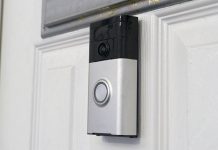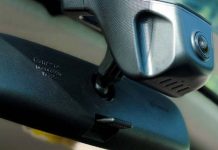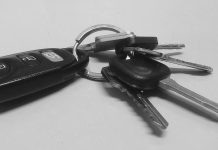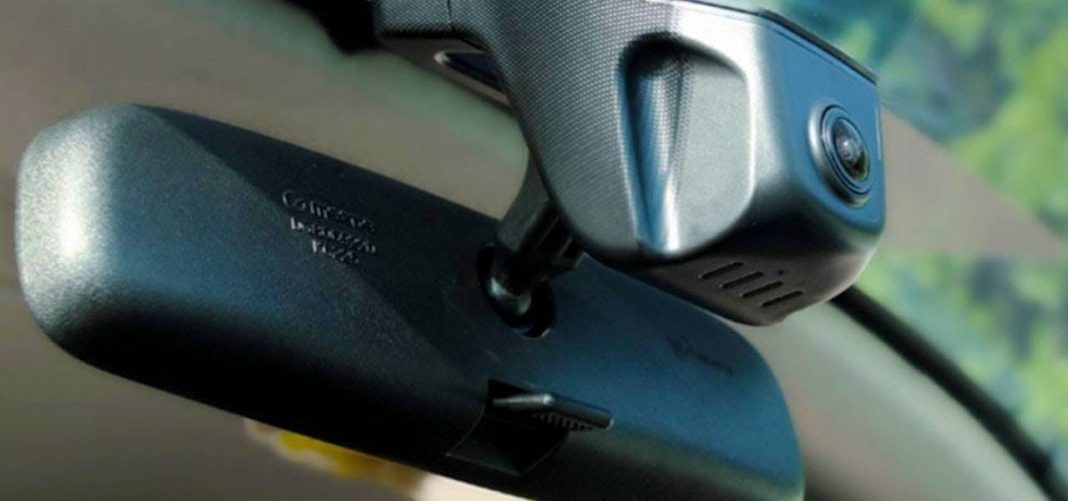UPDATED February 10, 2022 This piece has been updated to reflect the emergence of new technology


Christian Mathews Security Writer
Did you know that you’re at more risk of being in an accident while driving, compared to when in an airplane? Data from the National Safety Council happens to hold this to be true. In your lifetime the odds of you dying in a car accident are at 1 in 98, while for air transport, the odds are at 1 in 7,178.
Now these statistics are morbid to say the least, but try let’s try to be objective here. Accidents involving motor vehicles are prevalent, and there’s no way to effectively avoid/prevent them. So how does this relate to Wireless dash cam for your car? You might ask.
First, as a car owner/driver, in case you get involved in an accident you’ll probably want to prove your innocence, or if not, at least try to find out what happened. Or maybe, you might need help, either with calling for emergency support, or giving first responders your location.
You might want to catch the vandal messing up with your car, or that one person who always crashes into your car while it’s parked. Either way, a proper dash cam is a valuable addition you want on your car
1What does wireless mean?
First off, there isn’t such a thing as a wireless dash cam for car. While some dash cams have batteries or capacitors, all dash cams have to be wired to the car, be it to the OBD port or hardwired to the car’s battery so as to function properly.
Depending on how you define wireless dash cams (i.e. meaning Wi-Fi operated), you’ll always be spoilt for choice.
In the most practical scenario, a wireless dash cam means it has the capability to transfer recorded footage to another device wirelessly, either using Wi-Fi or if the footage is stored in the cloud, then you can download it.
If your dash cam had to be powered entirely by a battery, you’d have to constantly recharge it when the battery is low and unless you are really organized or just love to take it out, charge it then reinstall it, it will be tiresome to say the least, and you may even forget to charge it altogether.
2Different mounting types and size of unit
The 3 widely used mounting types are:
Suction type
Suction mounting is the least sturdy of the three options. High temperatures, or even being mounted on a dirty and uneven surface will make a suction mounted dash cam to fall off.
Adhesive type
Adhesive mounting is the best of all methods. However, due to it being permanent, you might want to have it installed by a professional, or after trying the other methods to know the best position to place your dash cam.
Rear-view mirror mounted
You can also mount your dash cam to the rear view camera or even get a rear view mirror with a dash cam integrated into it.
Dash cams range from big in size to barely noticeable dash cams and it’s up to you to choose what works best for you.
Additionally, it is worth noting to reserve suction mounting to smaller dash cams and rear view mounting / adhesive mounting to their larger counterparts.
3Screen resolution/ Video quality
Most wireless dash cam for car have 4k/60 fps video capabilities. But there’s a catch to it. 4k video/superior resolution translates to large video files, which may prove to be a problem when storing the video files.
You’ll want to find a compromise between clear video resolution and not so large video files. Storage will always be an issue. If you don’t want to compromise on video quality, you can use cloud storage if it’s supported on the dash cam you choose.
4Built in voice assistant
Dash cam with Alexa?
Some dash cams come with an inbuilt voice assistant. This can be very useful. And this means you can always ask Alexa for directions or even casually chat with Alexa on one of those long drives.
Interestingly, some of these dash cams with in-built voice assistants can even alert emergency contacts in case you’re involved in an accident.
To do this, once the dash cam detects a major impact/collision it will prompt you and when you don’t respond, it will go ahead and alert emergency personnel. With the prompt feature immediately after the impact, you won’t have to worry about your dash cam sending false alerts.
Also, some of these dash cams can also alert you, in case someone hits/vandalizes your vehicle while it’s parked. In most cases, you’ll have to hardwire the dash cam to your car’s fuse box.
5Integrated GPS for speed and resolution
You might be wondering, my wireless dash cam for car can send alerts in case of an accident, but how will emergency responders know where I am? This is where integrated GPS comes in. Other than attaching your speed to the dash cam footage, when sending alerts, some dash cams will also send your real time location as well.
6Video storage type (Local vs. cloud)
As mentioned before that most of the newer dash cams have better video resolution and subsequently generate larger video files. If you choose to have a dash cam with 4k video capture capabilities, go for cloud storage since it is essentially not limited in terms of storage capabilities.
With local storage (i.e. video footage is stored on the dash cam), you’ll always be limited in terms of storage capabilities. Unless you’re ready to pay top dollar for a dash cam with more local storage to store more of your 4k video files; or you could opt to go for lower resolution dash cams, which need less storage.
7Phone app connection/ integration
Not all dash cams have an application to integrate with your smartphone. However, at a minimum, if it doesn’t feature an application for integration, you can get Wi-Fi/ Bluetooth transfer capabilities to either download or save footage to your mobile device.
8Viewing angle
Most dash cams have viewing angles that range from 1400 to 1800.With some models however, you can (with the help of an application) link up to 4 cameras to provide you with a synchronized 3600 view around your car.
9Closing
Finding the right wireless dash cam for car is a matter of deciding your priorities and how much extra support / features you need. Whether you’re looking for top rated dash cameras or a simple set up to keep record of your trips, we’re hoping this post can better shed some light on those features and what you need to look out for.
















































